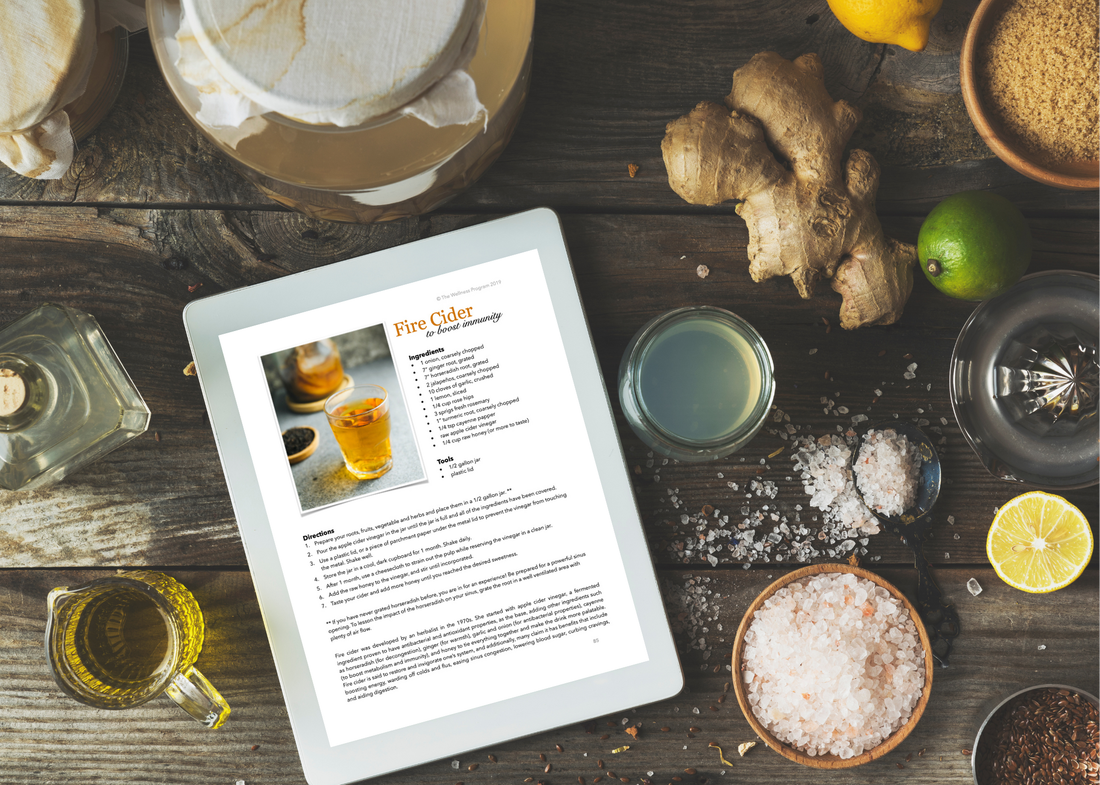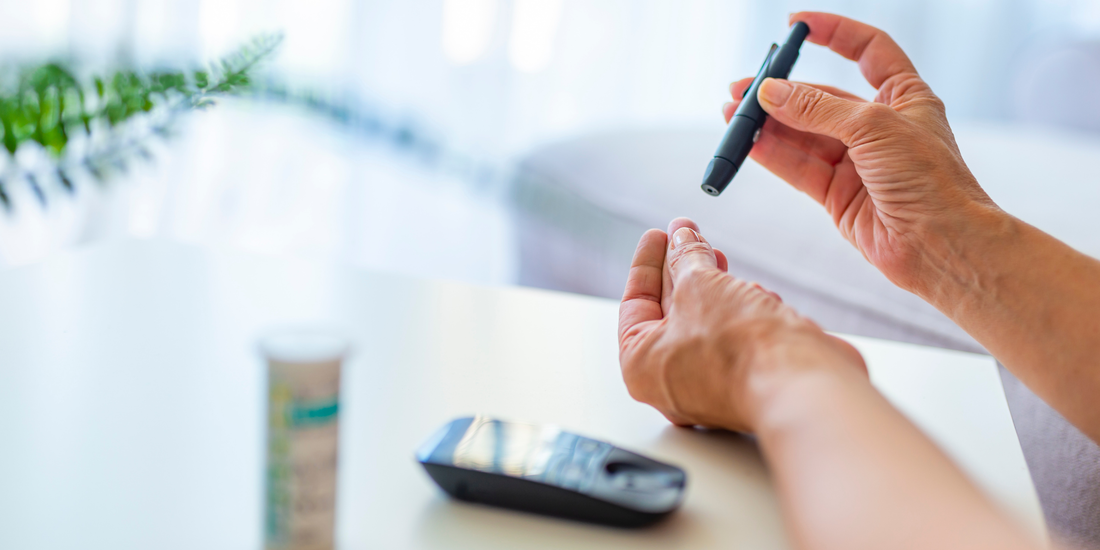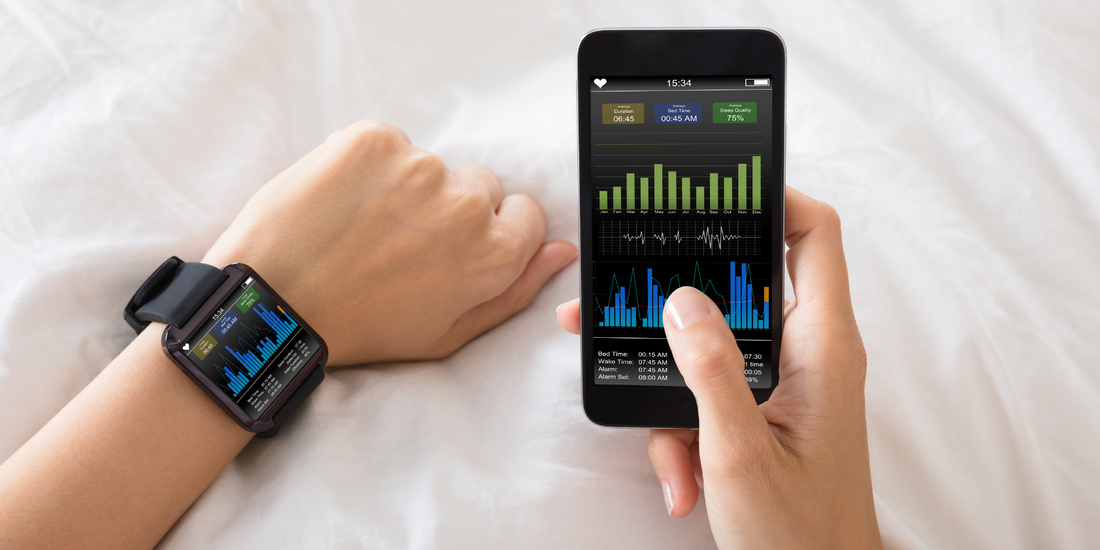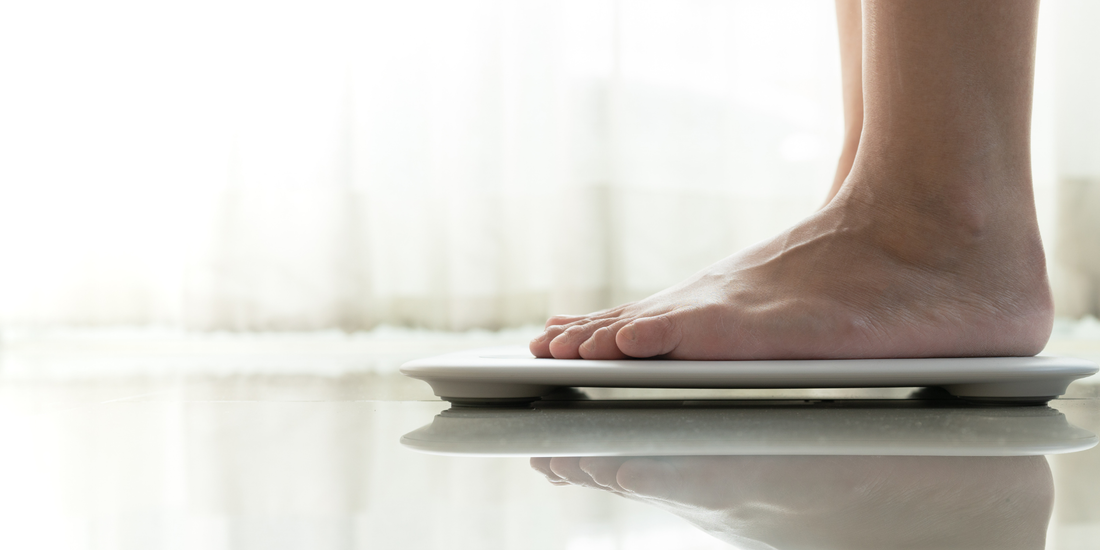|
With “cold and flu season” right around the corner for the northern hemisphere, I wanted to share some of my favorite tips to staying healthy. Something I think we are all prioritizing this year with a threat of a second round of COVID erupting this fall. Sure, there are many, many things I can think of to boost immunity, but none of us need any more complications in our lives. My hope is that these 3 simple focuses will be a reminder on what to do to stay well this fall!
|
AuthorTiana Rockwell is a certified nutritional therapist, avid endurance athlete and dark chocolate lover. She believes that by eating REAL food, we can balance our body and reach optimal health and wellness! Archives
May 2022
Categories
All
|













 RSS Feed
RSS Feed